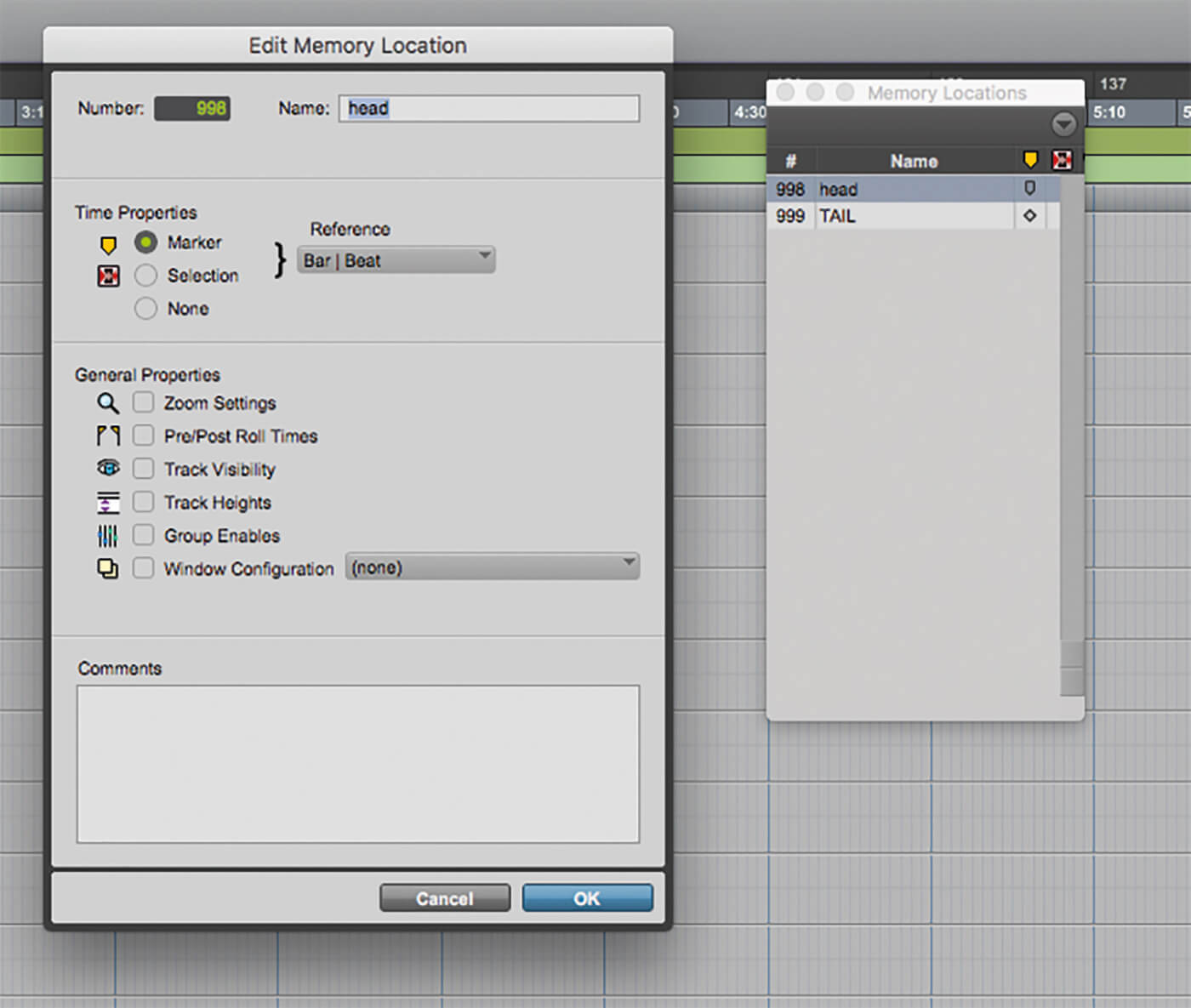

Update: If you’re sending a song to us for mixing and mastering, YOU DO NOT NEED TO ZIP UP YOUR FILES as you can upload multiple files at once on our upload page. If you have no idea what zipping a file means, check out our guide on how to zip up your files.Īnd don’t worry it’s not complicated, you can probably learn how to do it in less than a minute. Now that you have a folder with your song’s tracks in it, how do you quickly and efficiently send it to your audio engineer? You should always export in WAV or Aiff format at whatever settings you recorded your song at.įor example if you recorded your song at 24 bits and 48 khz then export it in that same format. The tracks in your song will export individually which may take up to half an hour depending on how many tracks you have in your song and your CPU’s processing speed as well as RAM. Once you’ve done that choose where you want to save the individual tracks, you’ll want to create a folder and name it your songs name and put (stems) as well as the tempo and the key of your song beside it (just to make it easy for your audio engineer).įor example, if your songs name is “Groovy” you’d name your folder Groovy 146 bpm major C (stems) and then click “Use current folder”. Most important thing is setting Format to Interleaved from Mono. You’ll want to keep your settings similar to the ones below.

Press Ctrl + Shift + K in Windows and Apple + Shift + K in Mac, which will bring up the export dialog. It’s important you consolidate your tracks so that they’re all made the same size which will allow them to all line up properly when your audio engineer goes to load them into his DAW. Next go to the Edit menu and select “Consolidate Clip”.

You can either do this by dragging the selection tool across all your tracks or pressing CtrL + A on your keyboard. Select all the tracks in your session from beginning to end. If you’re sending your song in for our mixing and mastering service and you’re using Pro Tools, you’re going to want to export or bounce the individual tracks so your audio engineer can load them into whatever DAW they’re using.


 0 kommentar(er)
0 kommentar(er)
